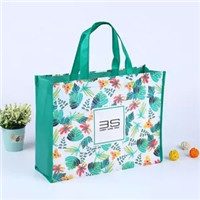The journey of jute bags from farm to fashion is a story of sustainability, ethics, and responsible choices. In this blog, we’ll explore the stages of this journey, from jute cultivation to the creation of stylish accessories, and how each step contributes to a greener and more ethical world.
1. Jute Cultivation and Harvesting Discover the process of jute cultivation and harvesting. Learn how this natural fiber is grown, harvested, and processed in an eco-friendly manner.
2. Eco-Friendly Fiber Extraction Explore the eco-friendly fiber extraction process. Understand how jute fibers are separated from the plant without the use of harsh chemicals.
3. Traditional and Modern Weaving Techniques Uncover the weaving techniques used to create jute bags. Learn how traditional craftsmanship and modern design converge to produce fashionable accessories.
4. Ethical Production Practices Discover how ethical production practices play a role in jute bags. Understand how these practices support fair wages and safe working conditions.
5. Sustainable Supply Chain Explore the sustainability of the jute bags’ supply chain. Learn how responsible sourcing and transportation contribute to a reduced carbon footprint.
6. Eco-Conscious Consumer Choices Understand how jute bags empower eco-conscious consumer choices. Discover how individuals who choose these bags support ethical and sustainable fashion.
In conclusion, the journey of jute bags from farm to fashion encompasses jute cultivation, eco-friendly fiber extraction, weaving techniques, ethical production, a sustainable supply chain, and the promotion of eco-conscious consumer choices. This journey showcases the potential for fashion to make a positive impact on the environment and society.






























